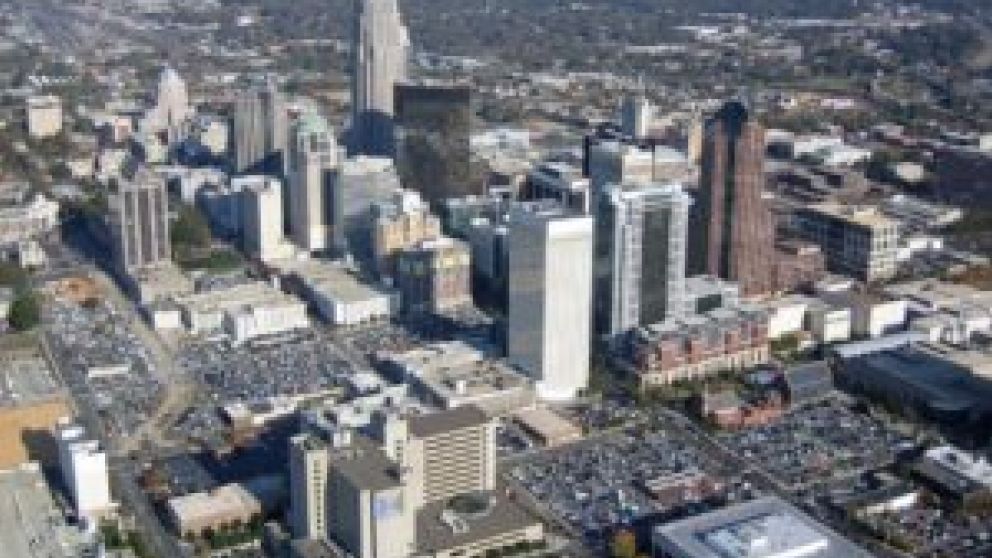Early Summer 2016 Commercial Real Estate Update

Those making the jump to say that slow economic growth equals a real estate downturn, or even the feared “bubble” should stop and take stock of the fundamentals. Occupancy rates for all major categories of commercial real estate, even apartments, are stable and improving nationwide. In fact, a recent Yardi Matrix report even states that the “worst” major metro it tracks is Houston, and its apartment occupancy rate is still 94.7% where energy price pains are the worst. Rents are generally still growing for all property types as well, even apartments. This point was also made clear by the same Yardi Matrix report stated that nationwide rents hit another all-time record high in May of $1,204 per month. If rents are rising and so are occupancies, then there is one simple conclusion; demand is still outpacing supply. That is a buying sign, not a selling sign, all else equal.
Supply Not Matching Increasing Demand
New supply, which has increased in the past few years, especially in the multifamily sector, may have trouble expanding in the future. Lenders appear increasingly stringent in providing development financing and labor and construction costs are not predicted to slow their perpetual increases. In fact, the internal, less discussed measures from the government jobs report show that hourly labor costs rose 3.9% in the first quarter. Thus, it appears that a part of the slowing pace of hiring is a cost constraint; not necessarily a falling demand issue. Developers of real estate have known this pain for years; they repeatedly tell stories of projects delayed and slowed due to labor shortages. For the commercial real estate market, this means that the supply and demand balance is likely to remain in favor of landlords, even if user demand cools moderately.
Those considering investing in real estate should look at these facts; solid fundamentals, low levels of new supply, and low interest rates when analyzing the next acquisition. Yes, it should be noted, that one great benefit of tepid economic indicators is remaining low interest and borrowing costs. The Federal Reserve is far less likely to push interest rate increases in 2016 than earlier thought and borrowers should take advantage of this. Plus, the real return to bonds and stocks is likely to drag lower compared to real estate, especially when considering the global exposure of many publicly traded companies. Real estate can provide a real income yield, supply and demand suggests that it can grow, and best yet, it can grow with inflation when and if it starts back up. Real estate offers income and stability in these types of economic climates; even REITs have outperformed the general stock market in 2016 to prove the point.
Investors Seeking Affordable Stability
Austin, TX
There is one theme that investors should keep mind, that is “affordability.” Rents can only rise as high as incomes (personal or business) can support. Growth patterns show people and firms moving from high-rent “24 hour” cities (New York, San Francisco, Los Angles for example) to lower rent “18 hour” cities (Nashville, Charlotte, Orlando, Phoenix, Austin for example). Thus, while the major markets have been the leaders in the past few years, it’s logical to expect the “secondary” markets to be the relative winners for the next several years. If a property provides great value and utility at a relative “affordable” price point; then it is best positioned to provide stability in all economic environments.
In conclusion, it would be a mistake to equate minor economic jitters with impending doom, as many on television like to do. The United States went through a significant downturn from 2008 through 2012, but frankly hasn’t grown that fast since. Thus, the economy really is not possibly “overheated” as it was last time. Since commercial real estate is undersupplied on a relative basis, it may actually be one of the best investment categories in the near to long term; a totally different starting point than in 2008.









